How difficult is it to learn how to play roulette?
Roulette is one of the most popular casino games globally. When it comes to learning how to play roulette, you’re in luck – it’s fairly simple. Yet ,it has a certain excitement that keeps players returning for more. This in-depth guide will guide you through everything you need to know about how to play roulette.
The Basics
Roulette is a well-known game of chance in which players wager on where a ball will land on a spinning wheel. The wheel is divided into numbered pockets. Each of these are either red or black, and one or two green pockets for the 0 and/or 00. Then, players place their bets on the table, which has a layout that mirrors the wheel.
Types of Bets
One of the first things you need to grasp when learning how to play roulette are the best types. There are two main types of bets in roulette: inside bets and outside bets. Inside bets (or wagers) are placed on specific numbers or number combinations. Outside bets are made on broader categories like the colour of the pocket or whether the number will be odd or even.
Inside Bets
There are several types of inside bets that you can make in roulette, including:
- Straight-up bet: placing a bet on a single number

- Split bet: placing a bet on two adjacent numbers
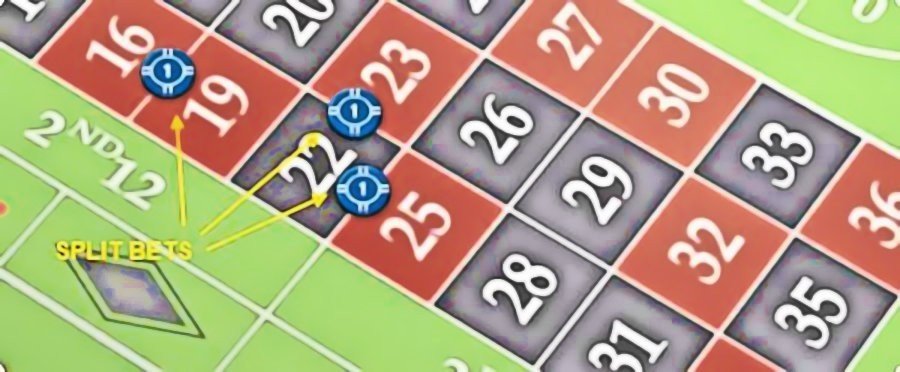
- Street bet: taking a bet on three numbers in a row
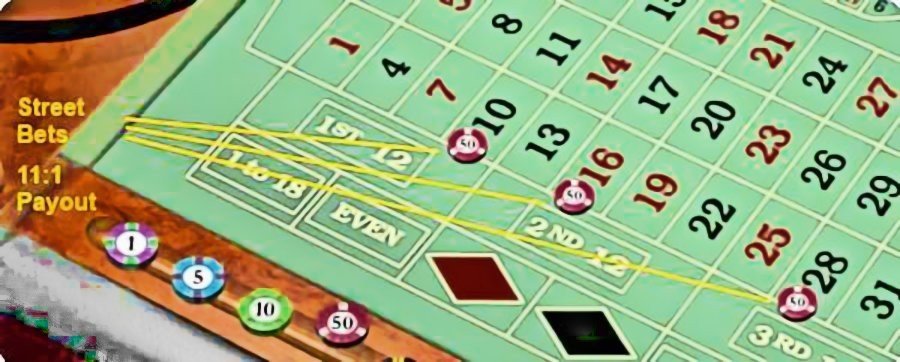
- Corner bet: taking a bet on four numbers that meet at a corner
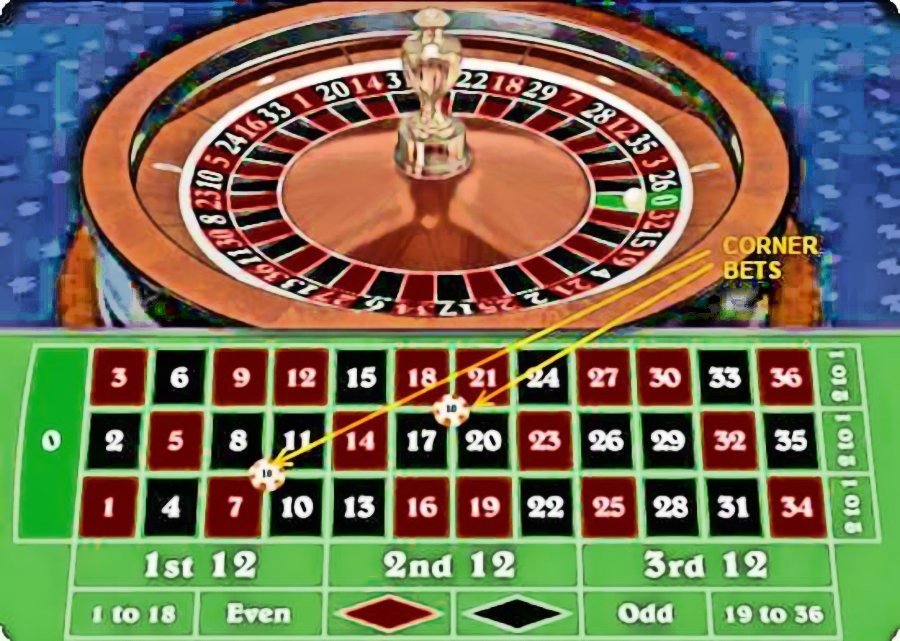
- Five-number bet: a bet on the numbers 0, 00, 1, 2, and 3 (only available on American tables)
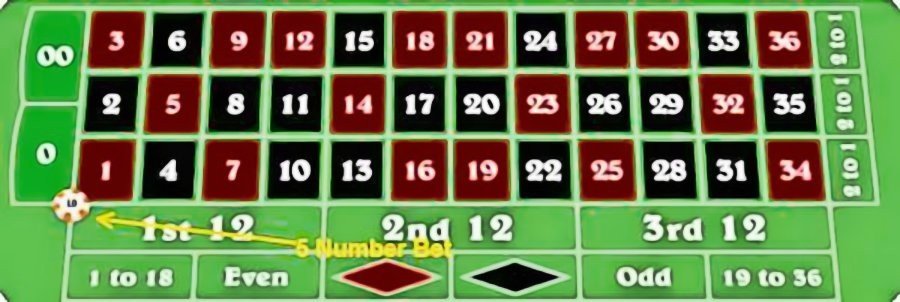
- Six-line bet: This is a bet on two adjacent rows of numbers
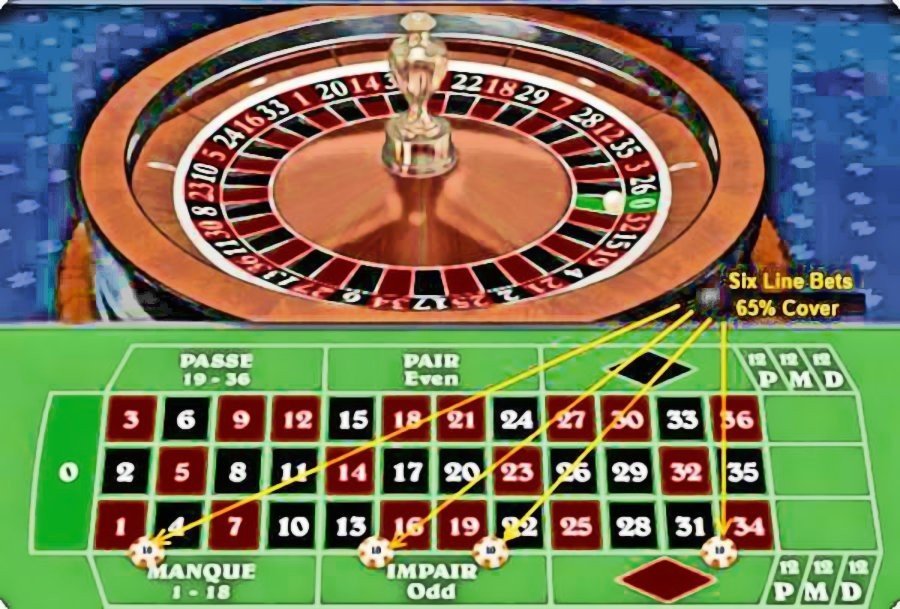
Outside Bets
Outside bets are generally considered more beginner-friendly, as they have higher odds of winning but lower payouts. These include:
- Red or black: a bet on the colour of the pocket
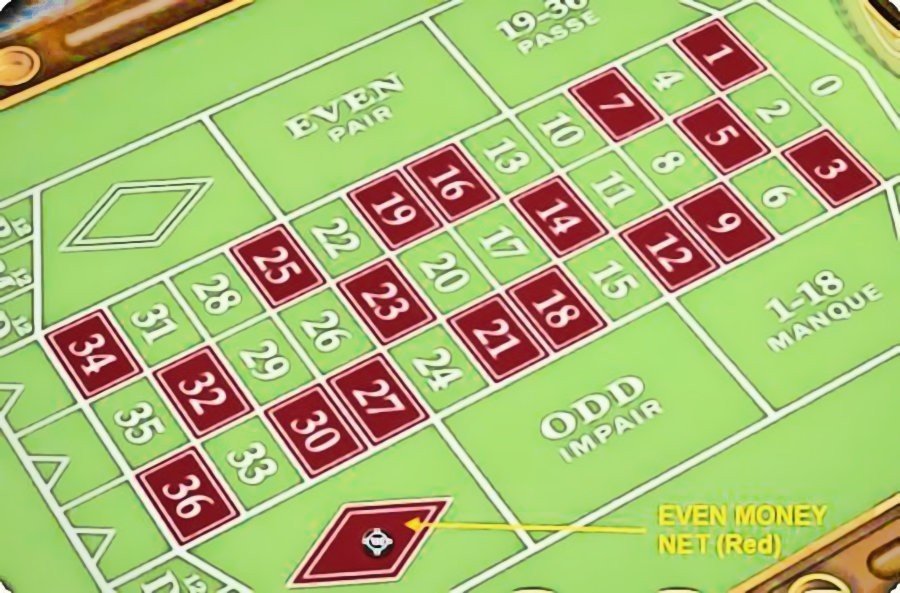
- Odd or even: on whether the number will be odd or even
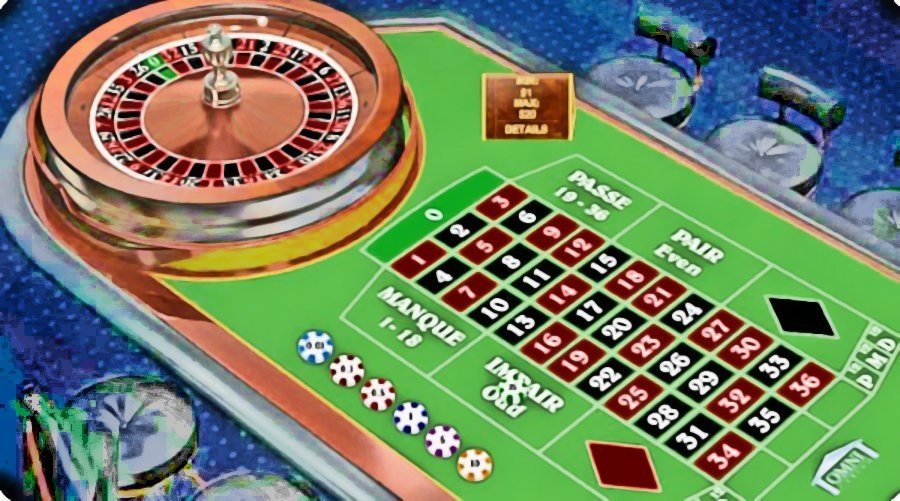
- High or low: a bet on whether the number will be in the higher or lower half of the numbers (1-18 or 19-36)
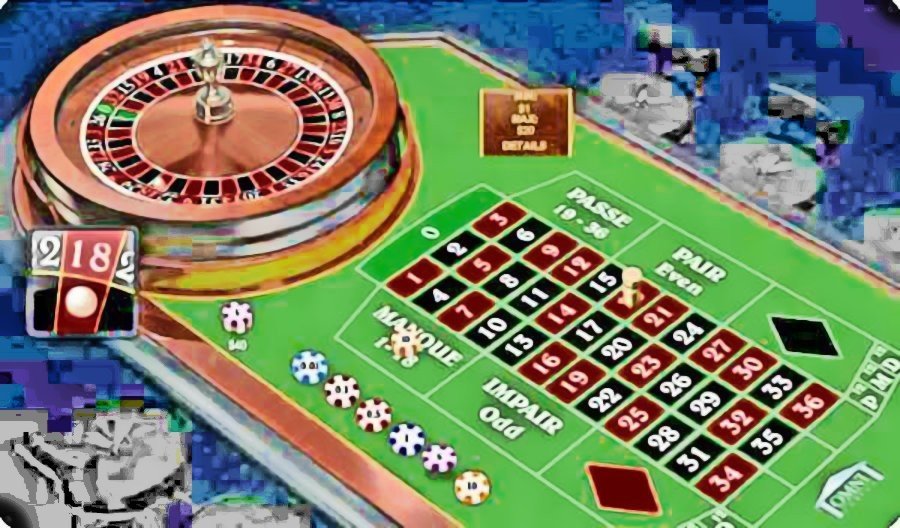
- Dozen bet: on one of three sets of 12 numbers
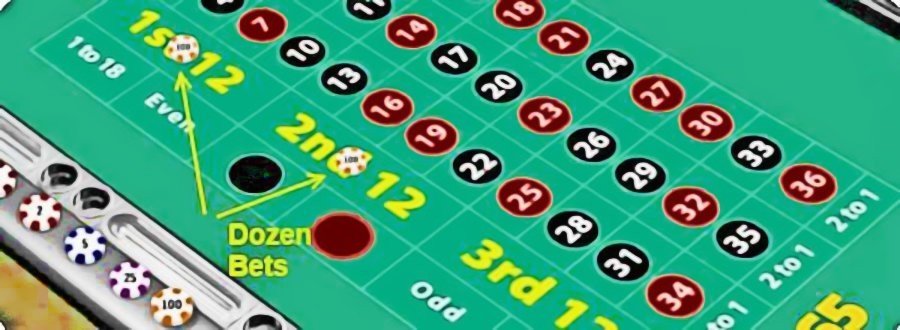
- Column bet: a bet on one of three vertical columns of numbers
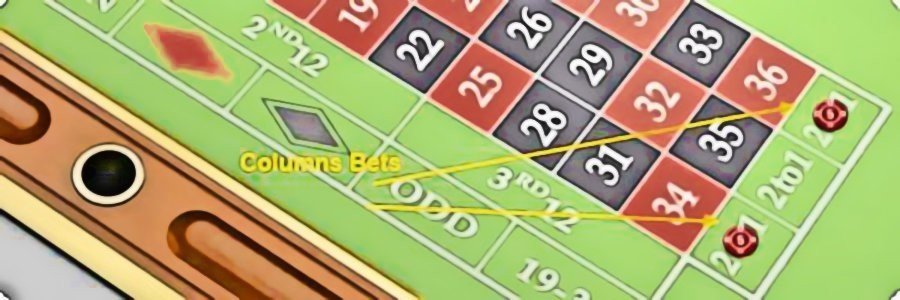
Placing Your Bets
If you want to learn how to play roulette, then you need to know how to place a bet! To make your bets, place your chips on the corresponding spot on the table. You can take as many bets as you desire as long as you stay within the table limits. Once all bets are placed on the table, the croupier then spins the wheel and drops the ball onto it. When the ball lands on a pocket, the croupier will announce the winning number and pay out any winning bets.
I’ve learnt how to play Roulette – now teach me some strategy!
Ok, so you’ve learnt how to play roulette, now you want some strategy? Well, there are many strategies for playing roulette, but most involve betting system variations. It’s worth noting that none have conclusively proven to show a profit over an extended period. Some popular methods include:
- Martingale: Doubling your bet after each loss. The dubious concept is that you will eventually recover your losses and make a profit.
- Reverse Martingale: Doubling your bet after each win. The idea is that you will ride hot streaks and maximize your winnings.
- D’Alembert: Increasing your bet by one unit after a loss and decreasing it by one unit after a win, with the idea that you will gradually come out ahead.
- Fibonacci: Increasing your bet based on the Fibonacci sequence (1, 1, 2, 3, 5, 8, 13, etc.), with the idea that you will eventually recoup your losses and make a profit
Always remember that roulette is a game of chance; no strategy can guarantee a win. After learning how to play roulette, you may feel overconfident. But, the best approach is to formulate a budget and adhere to it, and only bet what you can afford to lose.
Roulette is a game of chance that has captivated players for centuries. Whether you’re an experienced player or a newbie to the game, understanding the rules, odds, and roulette strategies can significantly enhance your playing experience. By using this guide, you will be well on your way to becoming well on your road to becoming a self-assured and successful roulette player.

OK, I know how to play roulette – now where do I go to give it a spin?
Well, the best way is to start is to choose one of our best online casino deposit bonuses! That way you’ll be winning even before your fist spin.
If you’re in a rush, then grab this offer below from 1xBet – an award winning sportsbook and casino that accepts bets of all sizes. So, if you’re a small player or a high roller, they’ll be ready for you. Best of all, you’ll kick off with a tremendous amount added to your betting bank!
Imagine a big win without even betting a penny of your own money! Well, it could happen if you deposit into 1xBet, receive the enormous bonus and then have a run of good fortune!
So, what are you waiting for – sign up now!
I’ve learnt how to play roulette well, but still have a few questions….
Q: I now know how to play roulette properly, so does that mean I will win?
It means you should have a better chance of winning, but remember – the house always has an edge, so winning in the long run is unlikely. You could however have big wins over a shorter period – Good Luck, play well.
Q: What is the house edge on roulette?
A: The house edge on a standard American roulette wheel is 5.26%, while the house edge on a European roulette wheel is 2.70%. This means that, on average, players will lose 5.26 units or 2.70 units for every 100 units they wager on the respective wheel. The house edge is due to the presence of the 0 and 00 on the American wheel and the single 0 on the European wheel. These green pockets give the casino an edge over the players in the long run.
Q: What is the difference between the arrangement of numbers on the wheel and on the betting layout?
A: The numbers on the betting layout are arranged in numerical order, starting from 1 and going up to 36, with 0 or 00 placed at the top of the layout. However, the numbers on the roulette wheel are arranged in a staggered pattern, with alternating colours of red and black. The order of the numbers on the wheel is designed to achieve a balanced distribution of odd and even numbers, high and low numbers, and red and black numbers. Therefore, this arrangement differs from the betting layout’s numerical order.
Q: Why is the five-number bet also called “the beast”?
A: The five-number bet is a bet that covers five numbers, namely 0, 00, 1, 2, and 3, and it has the highest house edge of all the bets in roulette. The house edge for this bet on an American wheel is 7.89%, making it a particularly risky bet to make. The bet is sometimes called “the beast” because of its high risk and the likelihood of quickly eating up a player’s bankroll.
Q: What happens when a casino allows surrender?
A: Surrender is an optional rule some casinos offer on American roulette tables. If the ball lands on 0 or 00, players who have placed even-money bets (such as red or black, high or low, or even or odd) will receive half of their original bet back. This reduces the house edge on these bets from 5.26% to 2.63%. Not all casinos offer surrender, so checking the table rules before playing is essential.
Q: What happens when the casino allows in prison?
A: En prison is another optional rule that some casinos offer on European roulette tables. If the ball lands on 0, players who have placed even-money bets will have their bet “imprisoned” or held over to the next spin. If the player wins on the next spin, their bet is returned to them without any winnings. If the player loses, the bet is forfeited. This rule also cuts the house edge on even-money bets in half, from 2.70% to 1.35%.
Q: What is an “inside” bet?
A: Cmo’n – you’ve learnt how to play roulette already! Why are you asking such a basic question? An inside bet in roulette is a bet placed on one or more individual numbers. Inside bets have higher payouts but lower odds of winning than outside bets.
Q: What is an “outside proposition” bet?
A: An outside proposition bet is a bet placed on a group of numbers or a specific category of numbers. Outside bets have lower payouts but higher odds of winning than inside bets.
Q: On even-money bets, what is the likelihood of your proposition hitting on the American wheel?
A: On an American roulette wheel, the likelihood of an even-money bet hitting is 47.37%, or 18 out of 38 possible outcomes. This is due to the presence of the 0 and 00 pockets on the wheel, which are not even or odd, high or low, or red or black.
Q: On even-money bets, what is the likelihood of your proposition hitting on the European wheel?
A: On the European wheel, even-money bets will win 18 times and lose 19 times, making the probability of winning on an even-money bet 48.65%.
Q: What is an “inside” bet?
A: Oh no – if you’re3 asking such a basic question – re-read the article and learn how to play roulette properly! An “inside bet” is any bet placed on one or more numbers on the roulette table layout.
Q: What is an “outside proposition” bet?
A: An “outside proposition bet” is any bet placed on the propositions surrounding the layout, such as high-low, red-black, odd-even, first, second, and third dozen, and columns.
Q: What is the difference between the American and European roulette wheels?
A: The American roulette wheel has 38 numbered pockets, including 0, 00, and 1-36, whereas the European roulette wheel has 37 numbered pockets, including 0 and 1-36. It’s worth noting that the American wheel has a higher house edge of 5.26%, while the European wheel has a lower house edge of 2.70%.
Q: What is the difference between the arrangement of numbers on the wheel and on the betting layout?
A: The numbers on the layout are arranged in numerical order, with 1-36 and 0 or 00 at the top of the layout. The numbers on the wheel are organised in a staggered pattern, usually on opposite or near-opposite sides.




